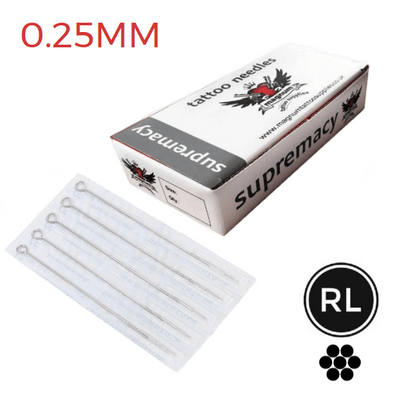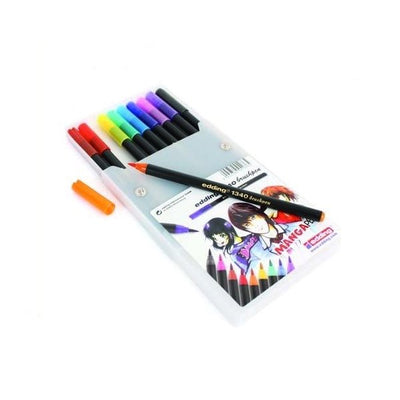Tattooing is a beautiful body art form that allows individuals to express themselves uniquely. However, tattooing on darker skin tones requires specific techniques and considerations to ensure the artwork not only looks vivid but also heals well.
Darker skin can pose challenges such as ink visibility, colour retention, and healing processes, which makes knowledge and understanding of these factors crucial for both a tattoo artist and their clients.
What tattoo style is best for darker skin?
For dark skin tones, bold and vibrant tattoo styles often stand out best. Styles like traditional, which uses strong black outlines and a limited colour palette, or tribal, with its intricate black ink patterns, are excellent choices. Colour can still be effective on darker skin, but it’s essential to choose brighter, deeper colours like blues, greens, and purples that contrast well with the skin tone. Blackwork tattoos, which involve large areas filled with solid black ink, also create a striking visual impact.
How to tattoo on dark skin perfectly?

1. Choose the right design and style.
When tattooing on darker skin, the choice of design can significantly influence the tattoo's visibility and longevity. Opt for larger, bolder designs with clean lines and minimal detailing. Intricate patterns and thin lines tend to blend into the skin, making them less visible as the tattoo ages.
2. Master the art of linework.
Bold linework is crucial in making tattoos pop on darker skin. Thicker lines with strong, solid edges create a stark contrast that is vital for clarity. Artists should focus on enhancing their linework skills to ensure crisp, clear designs that stand the test of time.
3. Simplify shading and colour values.
Limiting the palette to fewer contrasting shades helps maintain the tattoo’s visibility. Dark skin tone can overshadow subtle gradations and detailed shading, so it's advisable to use simple, high-contrast colour schemes. This approach not only enhances the tattoo's appearance but also reduces the chances of the design becoming muddled as it heals.
4. Understand the impact of skin undertones.
Skin undertones can significantly affect how colours appear on the skin. For darker skin tones, it’s essential to choose pigments that contrast well with the underlying skin undertones. Bright colours such as white, yellow, red, and orange tend to stand out better, whereas blues and greens may appear muted.
5. Opt for a dark background.
Using a dark background or integrating negative space within the tattoo can enhance the visibility of lighter elements in the design. This technique creates a striking contrast that makes the central theme of the tattoo more pronounced.
6. Adjust the tattoo size appropriately.
Larger tattoos with more space around the design elements are more effective on darker skin. This spacing allows each component of the tattoo to be distinct. It prevents the design from looking crowded, which can cause the details to blur together over time.
7. Educate clients on aftercare.
Proper aftercare is crucial, especially for tattoos on darker skin, which may be more prone to scarring. Artists should educate their clients on the best practices for healing to prevent keloid formation and pigment spread. Regular moisturising, avoiding direct sunlight, and keeping the tattoo clean are key steps.
Is there special tattoo ink for dark skin?

Yes, there are special tattoo inks and techniques designed to enhance visibility and clarity on darker skin tones. These inks are often more vibrant and opaque to ensure they stand out. Some brands develop ink formulations that are particularly effective for creating lasting, vivid colours on deeper skin tones. Tattoo artists might also use specific techniques, like bolder lines and increased contrast, to ensure that the tattoo remains distinct and clear as it heals.
What colour ink is best for dark skin?

- Black: Offers the highest contrast, especially for outlines and tribal styles.
- White: Can be used for highlights and certain artistic effects, though it may fade or become less distinct over time.
- Deep blues and purples: These colours can show up well and maintain their vibrancy on darker skin tones.
- Bright reds and oranges: Tend to stand out but may vary depending on the exact shade and skin undertone.
- Dark greens: Can be effective if a bold, deep hue is used.
Final thoughts
While tattooing darker skin tones can present challenges, the right techniques and considerations make it possible to achieve beautiful, enduring results. As the tattoo industry continues to evolve, greater understanding and capabilities around tattooing on different skin tones promise better outcomes and satisfaction for clients seeking to express themselves through this dynamic art form.



























































 Studio supplies
Studio supplies












 Power & batteries
Power & batteries








 Aftercare
Aftercare





















 Apprentice
Apprentice


 Piercing & jewellery
Piercing & jewellery







 PMU supplies
PMU supplies




 New arrivals
New arrivals
 Gift vouchers
Gift vouchers
 Shop all
Shop all















































